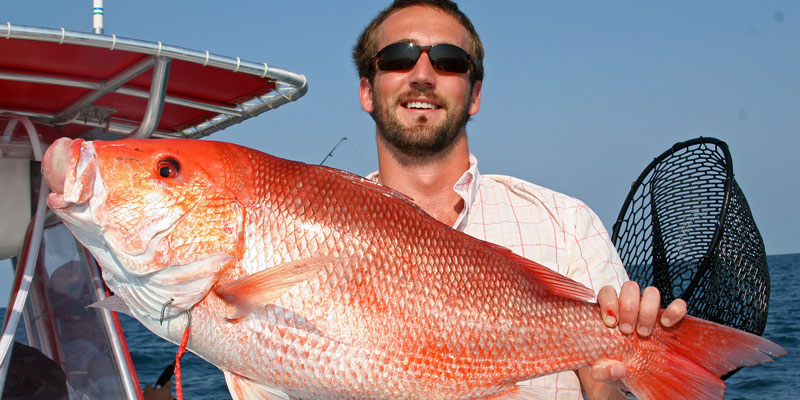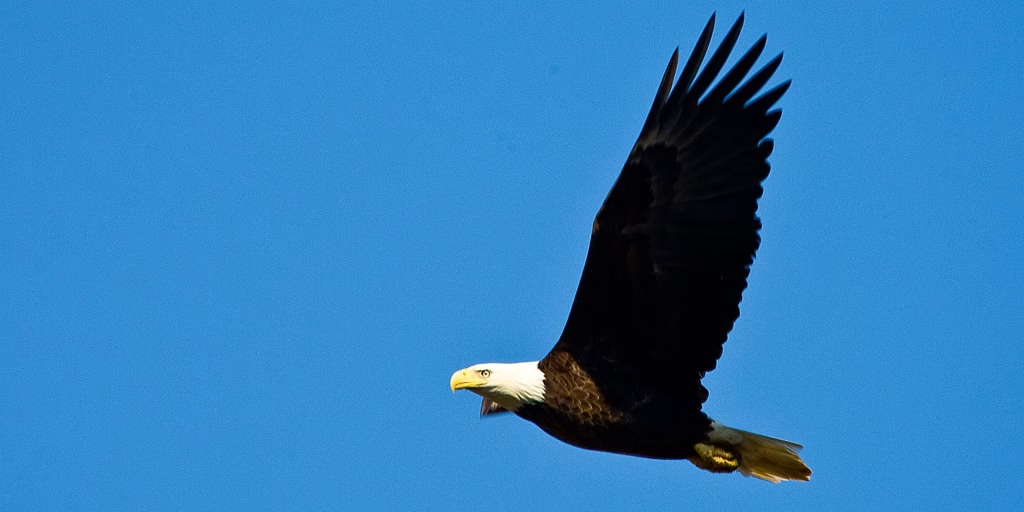On a cool spring morning in Coosa County, a few hikers gather outside the Pinhoti Outdoor Center. They sip coffee, double-check their gear and swap stories about where the trail might take them next. It’s a familiar scene, but one that didn’t exist here five years ago.
Back then, there was no local outfitter, no shuttle service, no place to stop and stay. Kimm and Nathan Wright set out to change that. What started as a modest hostel in 2019 is now a full-service operation helping people access Alabama’s outdoor spaces. Named Alabama’s Small Business of the Year in 2023, the center is a clear example of what trail investment can lead to: economic activity, tourism and stronger communities.
That story isn’t unique to Sylacauga. Across the state, trails are helping small towns grow — not by reinventing themselves, but by revealing the value of what’s always been. The Year of Alabama Trails recognizes that momentum and encourages us to keep pushing it forward.
In East Alabama, we’re seeing the results. Calhoun County is home to an impressive trail network that includes the Chief Ladiga Trail, Coldwater Mountain Bike Trails and parts of the Pinhoti. According to a recent Jacksonville State University study, these trails generated $9.7 million in local economic impact in 2023. The Chief Ladiga Trail alone contributed more than $2.2 million, with nearly 50,000 visitors. And that number is expected to grow with the trail’s upcoming extension into downtown Anniston.
Anniston has already started preparing. In the last five years, the city has issued more new business licenses than in the entire decade before. Sales tax revenue is also up. Local leaders credit this to a renewed sense of energy — driven in part by trail development. Downtown storefronts are being transformed into cafés, bike hostels and shops that welcome trail users. Soon, visitors will be able to ride from Atlanta to Anniston via the Chief Ladiga and Silver Comet Trails, then take an Amtrak train home. That kind of access helps put towns on the map.
The pattern continues elsewhere. At Flagg Mountain, the southern terminus of the Pinhoti Trail, we used to see about 5,000 visitors annually. After targeted improvements and simple word of mouth, that number has more than doubled to 12,000. In a rural area like Coosa County, an uptick in visitors can have a meaningful impact. Even using a conservative estimate of $50 in daily spending per person, the dollars add up quickly. That spending supports jobs, helps local businesses and creates reasons for people to stay — or return.
From the Richard Martin Trail in Elkmont to the emerging Wiregrass Trail in South Alabama, and from blueway access points along the Cahaba to new trail efforts across the Black Belt, communities statewide are forging new pathways to prosperity. The specifics may vary, but the pattern is clear: invest in trails, and you’ll see growth. You’ll see visitors. And you’ll see small towns stepping forward with renewed energy.
Statewide, outdoor recreation contributes $6.6 billion each year to Alabama’s economy and supports more than 65,000 jobs. Trails are the backbone of that growth. They are infrastructure — just like roads and bridges — and should be planned, prioritized and funded as such.
At the Alabama Trails Foundation, we see trails as a smart, long-term investment. They strengthen local economies, expand outdoor access and improve quality of life. We help communities plan and navigate trail projects, secure funding and build the partnerships needed to bring these ideas to life. Often, that work starts with a simple question: What if we connected this place to the next?
We are at a pivotal moment. The 2025–2026 Year of Alabama Trails, led by the Alabama Tourism Department, is a chance to recognize the value of trails and the momentum already taking shape across the state. To make the most of it, we need to keep building on what’s working.
That means state and local leaders including trails in development plans and infrastructure budgets. It means building partnerships across agencies, organizations and communities to support sustainable growth. It also means business owners recognizing that a trail one county over might bring new customers through their doors — and speaking up to support it. The Alabama Trails Foundation is here to help. We’re ready to answer questions, join planning conversations and support communities ready to take the next step.
And as more communities take that step, we also have to think bigger. Alabama’s biodiversity lends itself to exploration on many levels. From our beaches, our mountains, our prairies and our rivers, our geography is an asset that begs to be enhanced and shared. Focusing on our strengths helps ensure that all communities have a stake in the recreation economy. An asset-based approach at the state level will help to expand access, support tourism and allow more places to share in the growth that trails are already generating.
Because when we invest in a trail, we’re not just clearing brush or laying gravel. We’re investing in the diner that will feed hungry hikers, in the bed-and-breakfast that will host traveling cyclists, in the health and happiness of our citizens and in the attractiveness of our state to new residents and employers.
We’ve made strong progress. Let’s keep going.
Paul DeMarco is president of the Alabama Trails Foundation and a former member of the Alabama House of Representatives. The Foundation supports statewide trail development and access through strategic partnerships and long-term planning.













